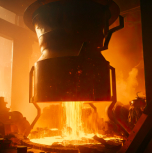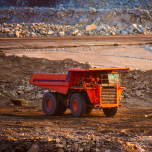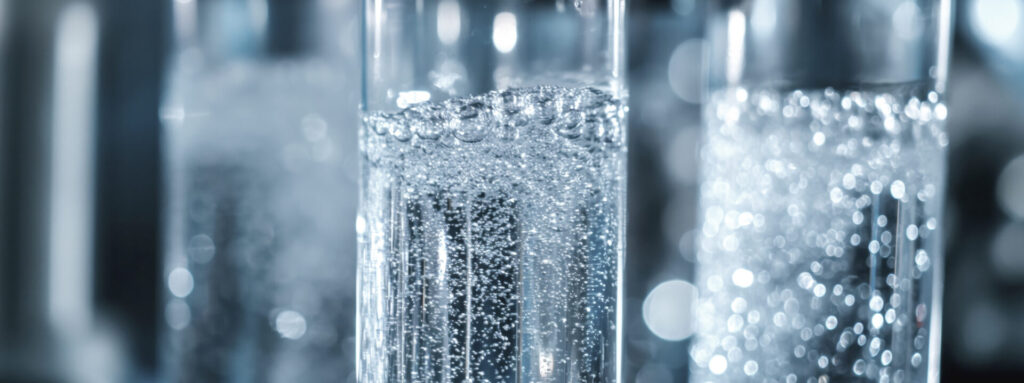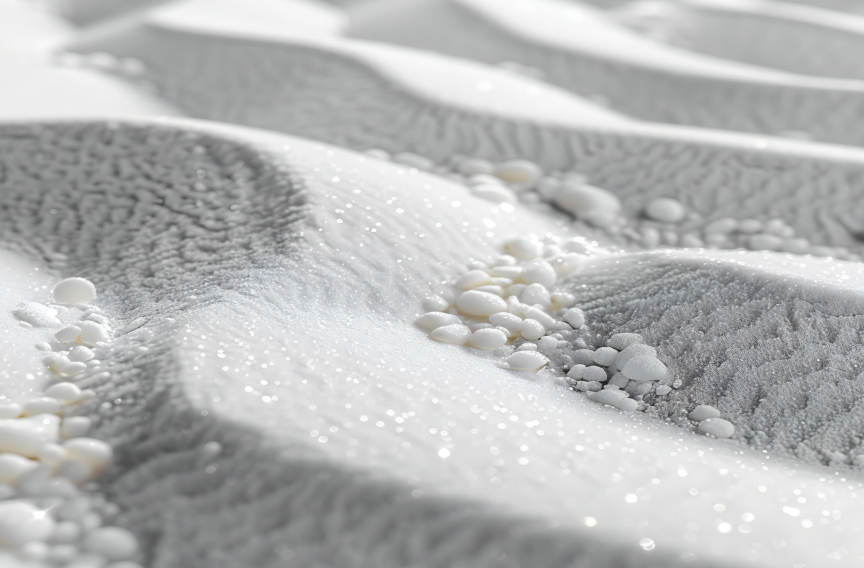In the pursuit of renewable energy solutions, Concentrated Solar Power (CSP) systems have gained increasing attention for their ability to store and dispatch solar energy on demand. One of the most promising advancements within Solar CSP technology involves replacing traditional molten salts with solid particles, which are engineered materials that can absorb, store, and transfer heat more efficiently at higher temperatures.
A 2022 study conducted by the German Aerospace Center (DLR) evaluated several commercially available solar particles to determine their suitability for next-generation CSP systems. The results demonstrated that CARBO’s ceramic solid particles (CARBOBEAD HTM) delivered the best overall performance across every critical property tested, confirming their potential as a superior heat transfer and storage medium for advanced solar thermal applications.
Setting a New Benchmark for Solar Particle Performance
The DLR research team examined five key properties that directly impact CSP efficiency and reliability:
- Mechanical Endurance
- Structural Endurance
- Heat Capacity
- Absorbance
- Flowability
In each category, CARBO’s solid particles either outperformed or tied for the top position among the materials tested. Demonstrating a well-balanced combination of strength, thermal stability, and flow performance that is essential for large-scale, long-duration CSP operations.
Mechanical Endurance: Built to Last
Mechanical endurance measures how well a particle withstands wear, breakage, and abrasion after repeated circulation through high-temperature systems. The study found that CARBO’s solid particles exhibited the lowest mass loss, maintaining their integrity far better than competing materials.
This resilience is attributed to a fully crystalline, glass-free microstructure, which resists softening and deformation even under continuous thermal and mechanical stress. In a CSP environment, this means longer material life, fewer particle losses, and lower maintenance costs.
Structural Endurance: Stability at Extreme Temperatures
Thermal stability is a key challenge for any solar particle used in CSP applications. The DLR results showed that CARBO’s particles maintained structural integrity at the highest viscous flow temperature (approximately 1310°C) outperforming all others tested.
Because CARBO’s particles contain no glassy phase, they preserve their strength and shape under the most extreme temperature gradients, ensuring reliable operation and preventing system blockages that can reduce performance.
Heat Capacity: Maximizing Energy Storage
To deliver continuous power after sunset, CSP systems depend on materials that can absorb and store large amounts of thermal energy. The study revealed that CARBO’s solid particles achieved the highest heat capacity among all tested materials—exceeding the 1 J/g·K benchmark considered ideal for efficient energy storage.
This high heat capacity enables CSP plants to store more energy per unit of material, supporting longer and more efficient power generation cycles.
Absorbance: Turning Sunlight into Sustained Heat
High solar absorbance allows particles to capture and retain more energy from concentrated sunlight. CARBO’s solar particles demonstrated initial solar absorptance above 0.9, which essentially means 90% of the sun’s energy is successfully absorbed by the particles. This was the highest among all materials tested. CARBOBEAD HTM also remained stable after extended exposure to temperatures exceeding 1000°C.
While other materials showed degradation or oxidation, CARBO’s particles maintained their performance thanks to a stable, oxidation-resistant structure. This long-term consistency is critical for maximizing the conversion of solar energy into usable thermal energy.
Flowability: Designed for Seamless Operation
Efficient flow through receivers and storage vessels is essential for consistent heat transfer and energy output. The DLR study confirmed that CARBOBEAD HTM exceeded the CSP benchmarkflow rate of 3 kg/s and achieved an ideal angle of repose of approximately 34°, ensuring smooth, predictable movement through the system.
Their spherical shape and uniform size distribution promote steady flow and prevent clumping, even under high-temperature conditions, which ultimately reduces downtime and optimizes energy transfer efficiency.
Conclusion: Powering the Future of Solar CSP
The DLR study concluded that CARBO’s solid solar particles are the most promising candidate for advanced CSP applications. Their unmatched combination of durability, thermal performance, and flow characteristics makes them a benchmark for future solar particle receiver technologies.
As concentrated solar power continues to evolve toward higher operating temperatures and improved storage efficiency, CARBO’s innovative materials are helping to redefine what’s possible in sustainable energy generation.
Key Takeaway CARBO’s solid particles offer the strength, stability, and heat retention required to unlock the full potential of solar CSP, paving the way for more efficient and reliable solar energy systems.









